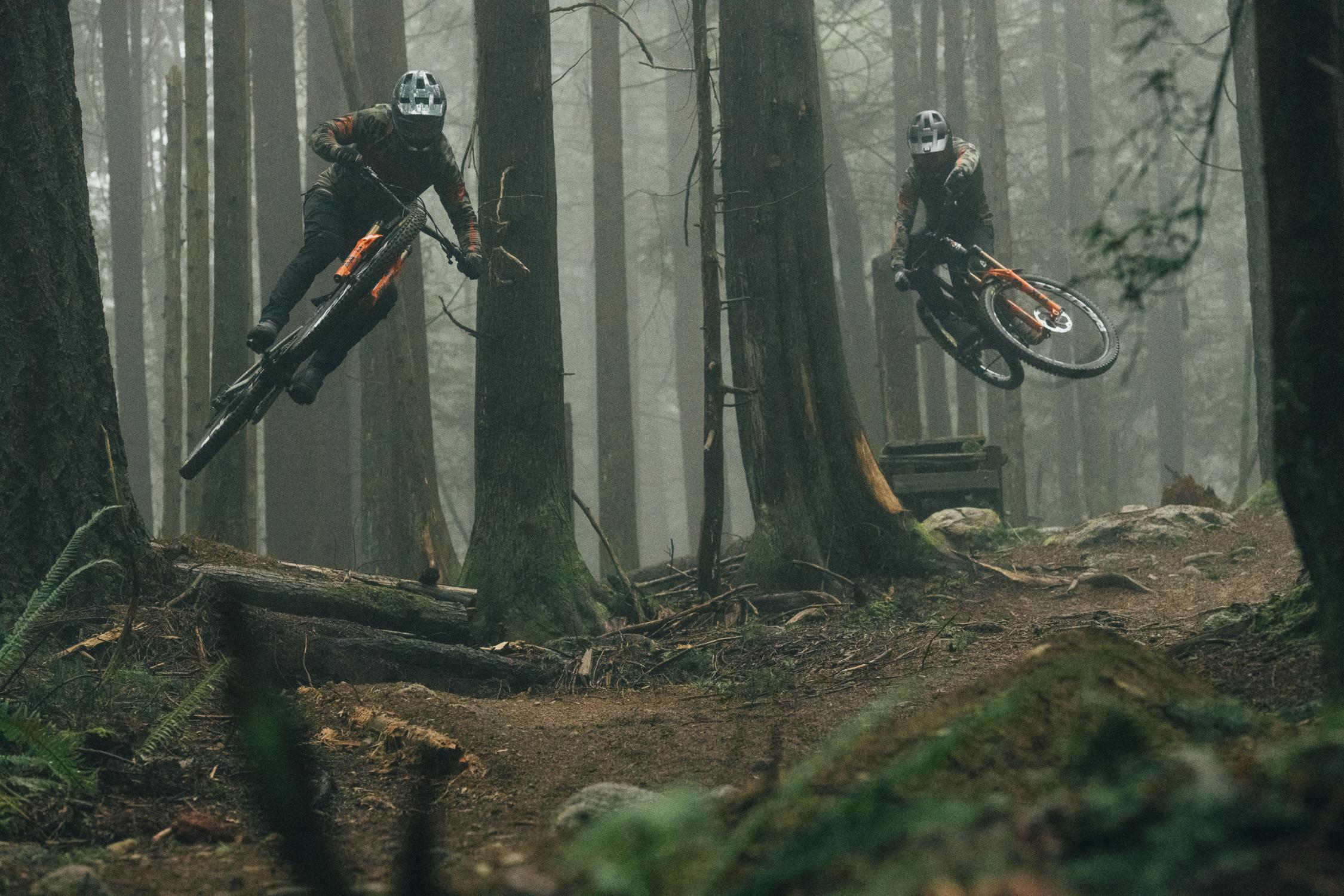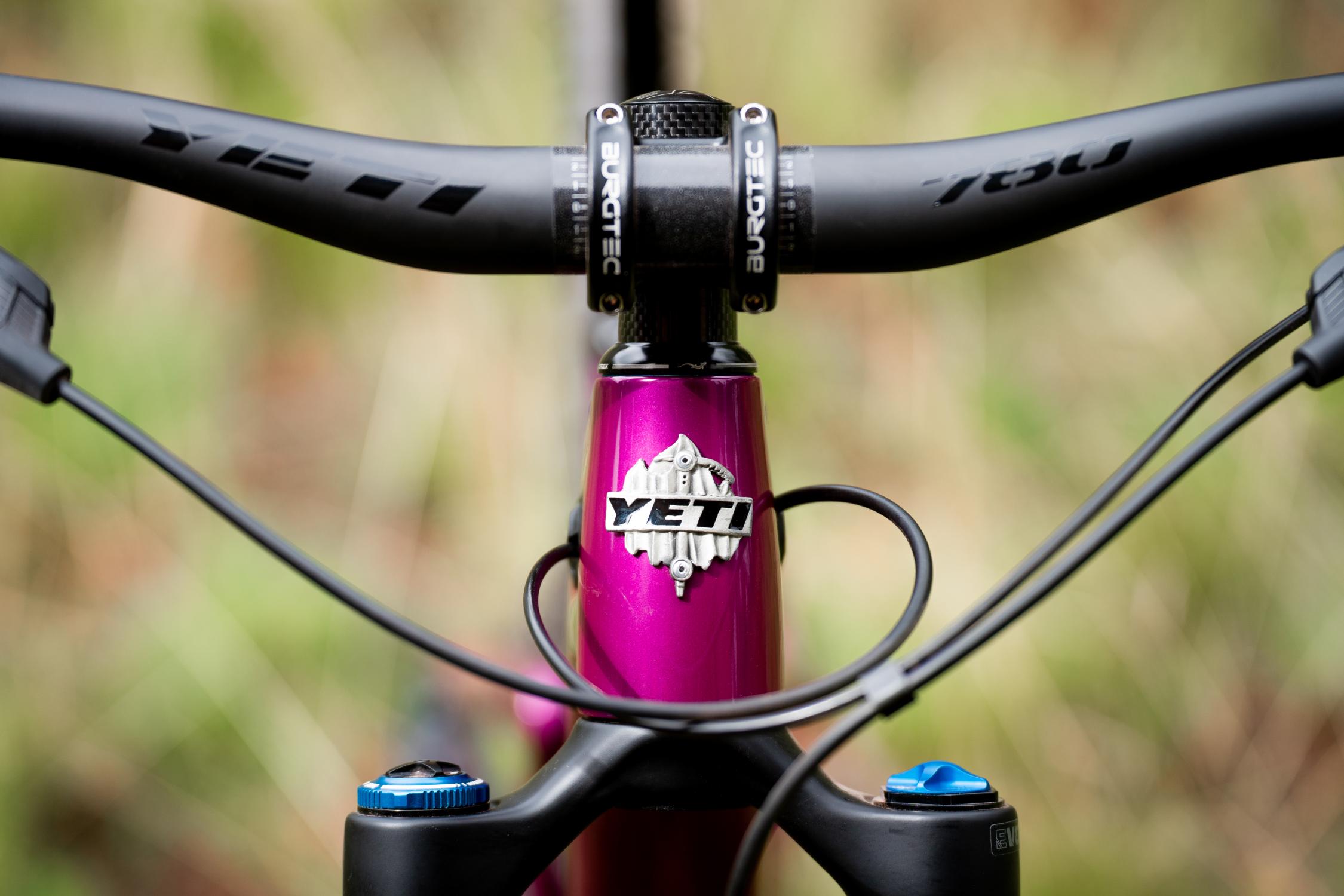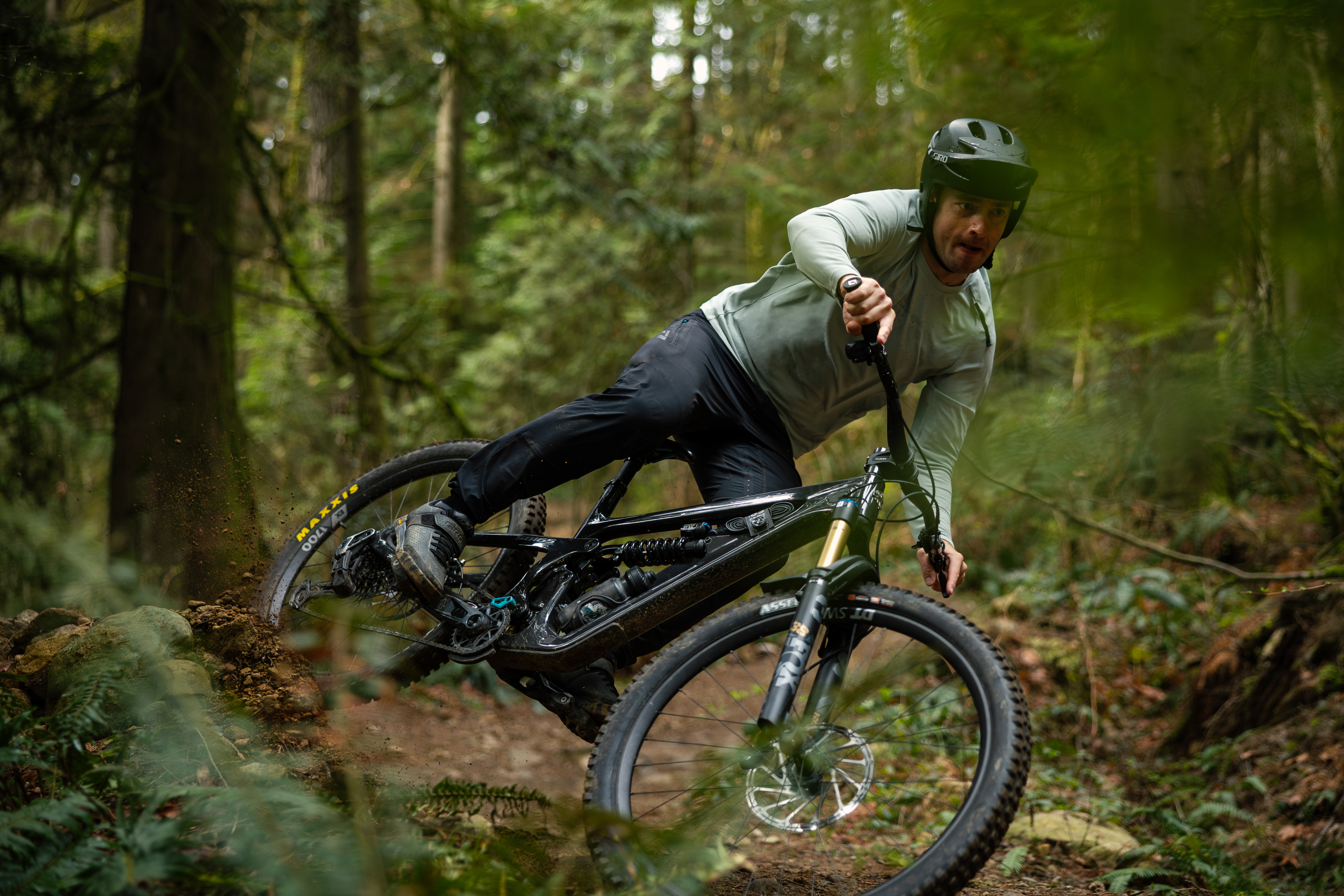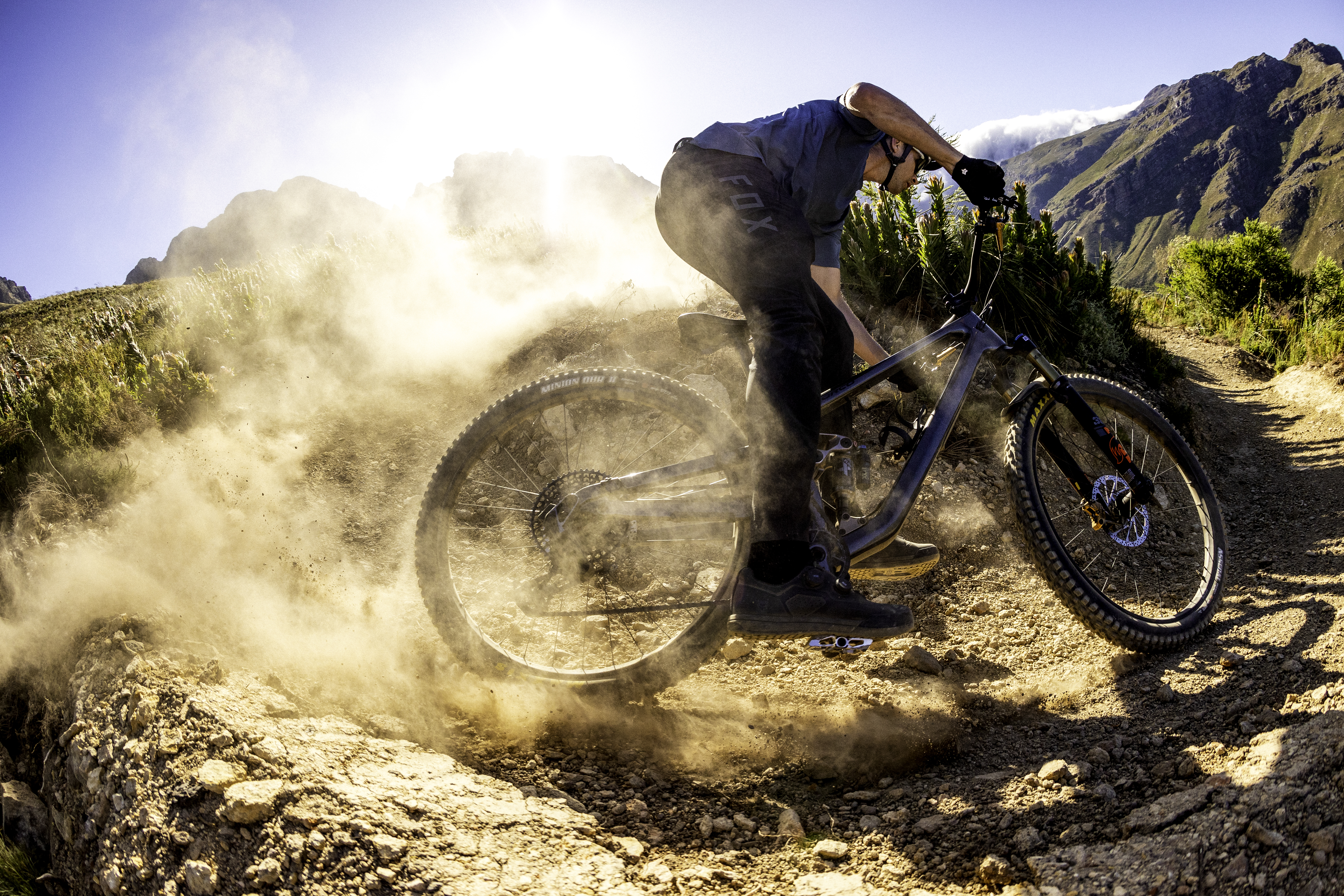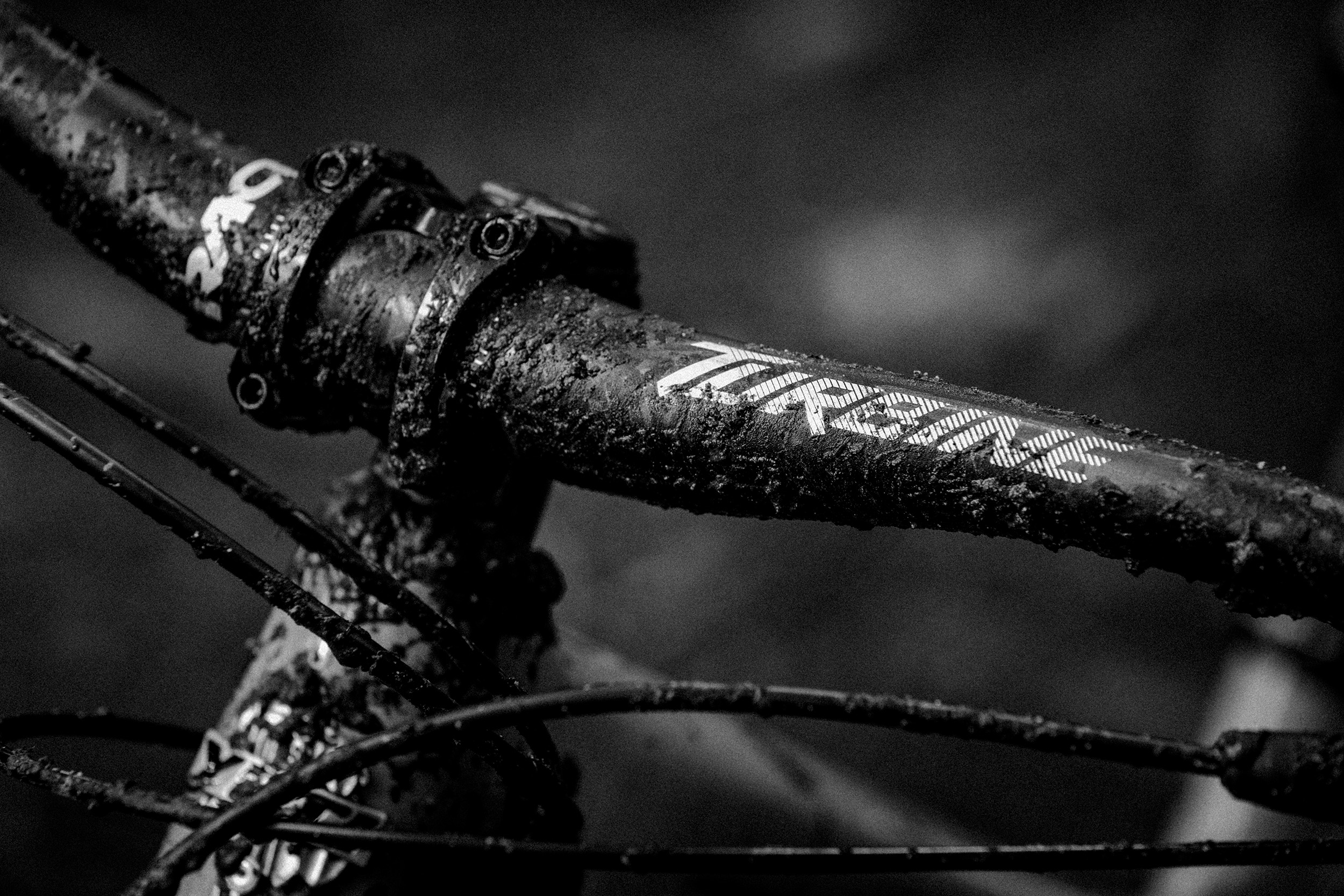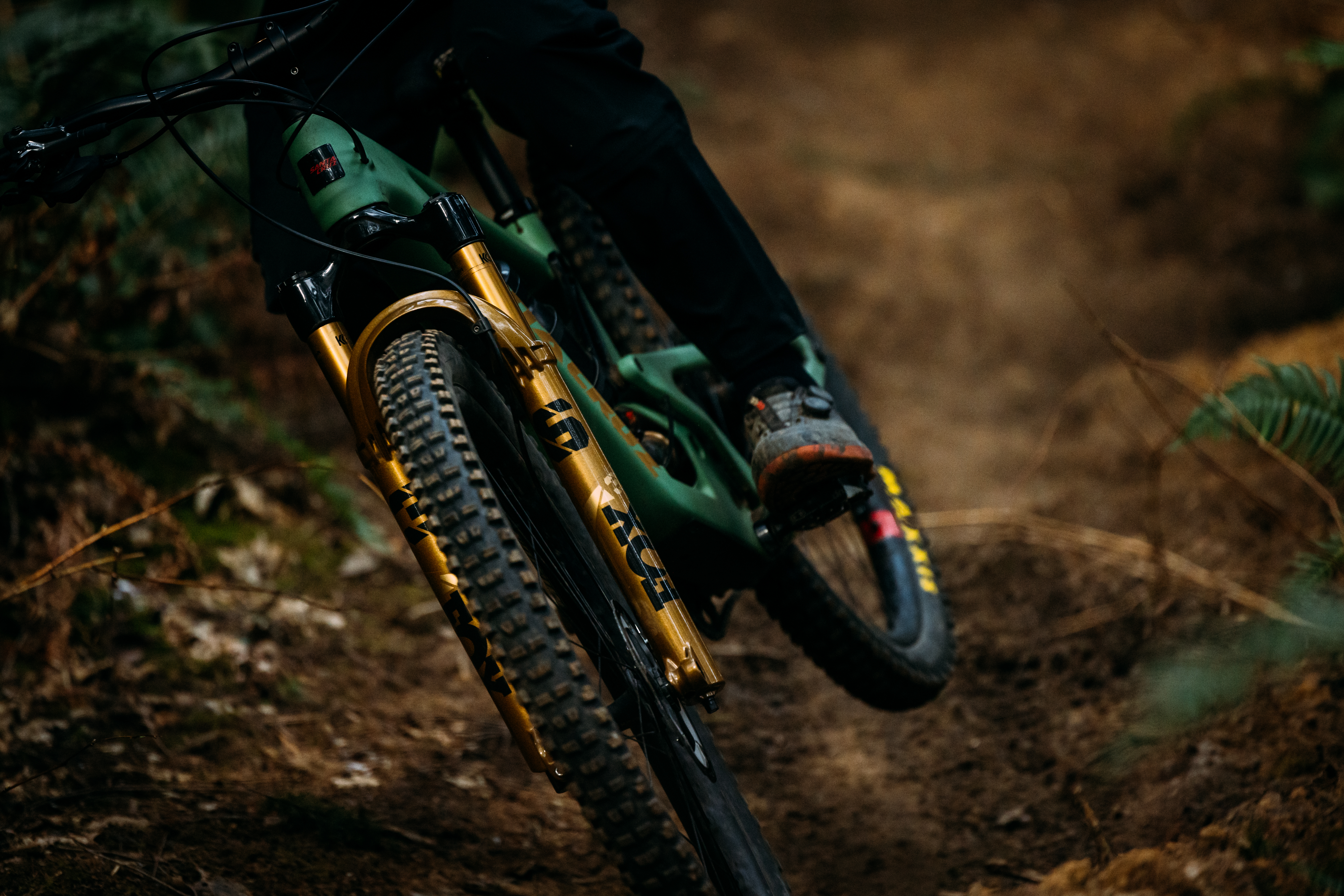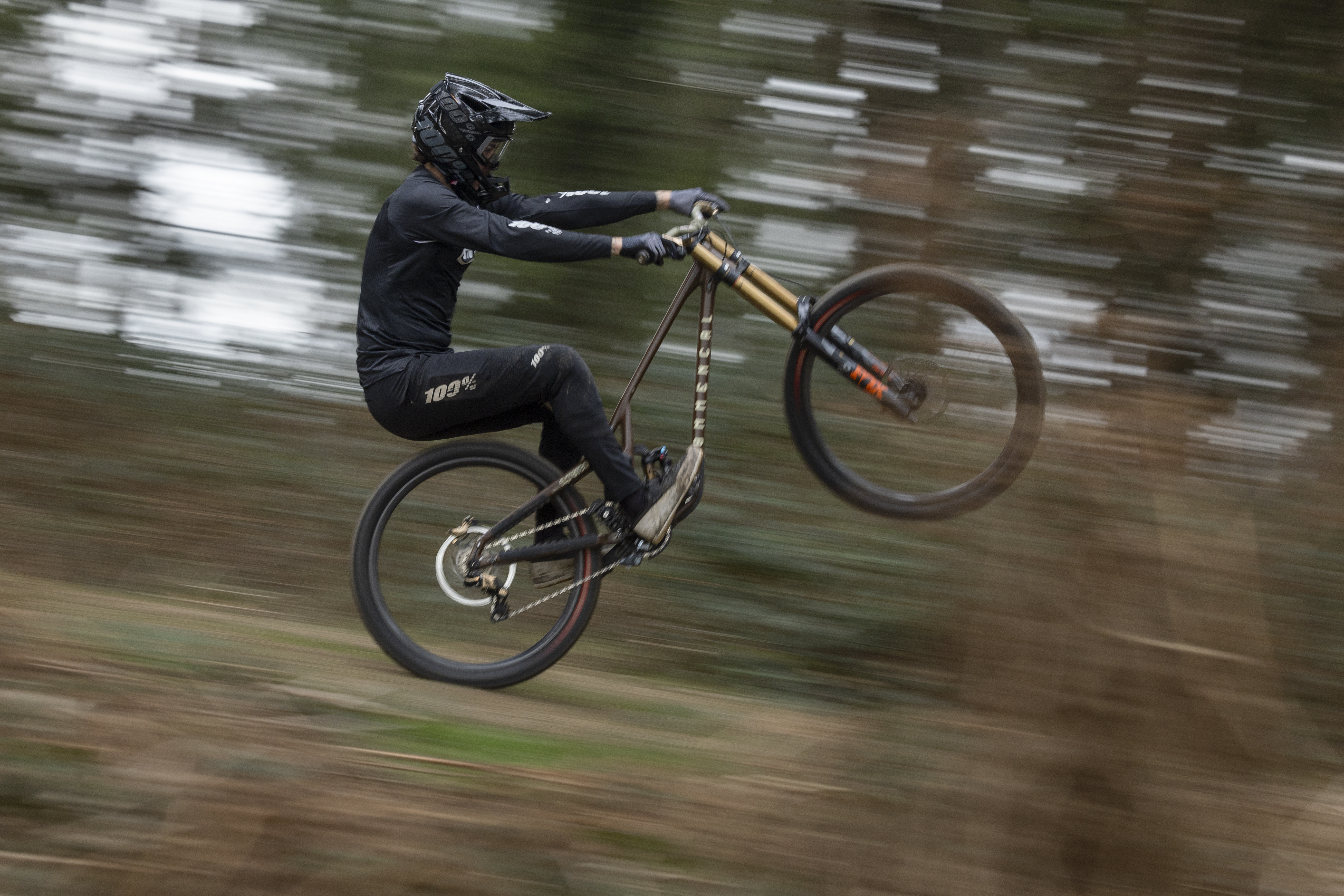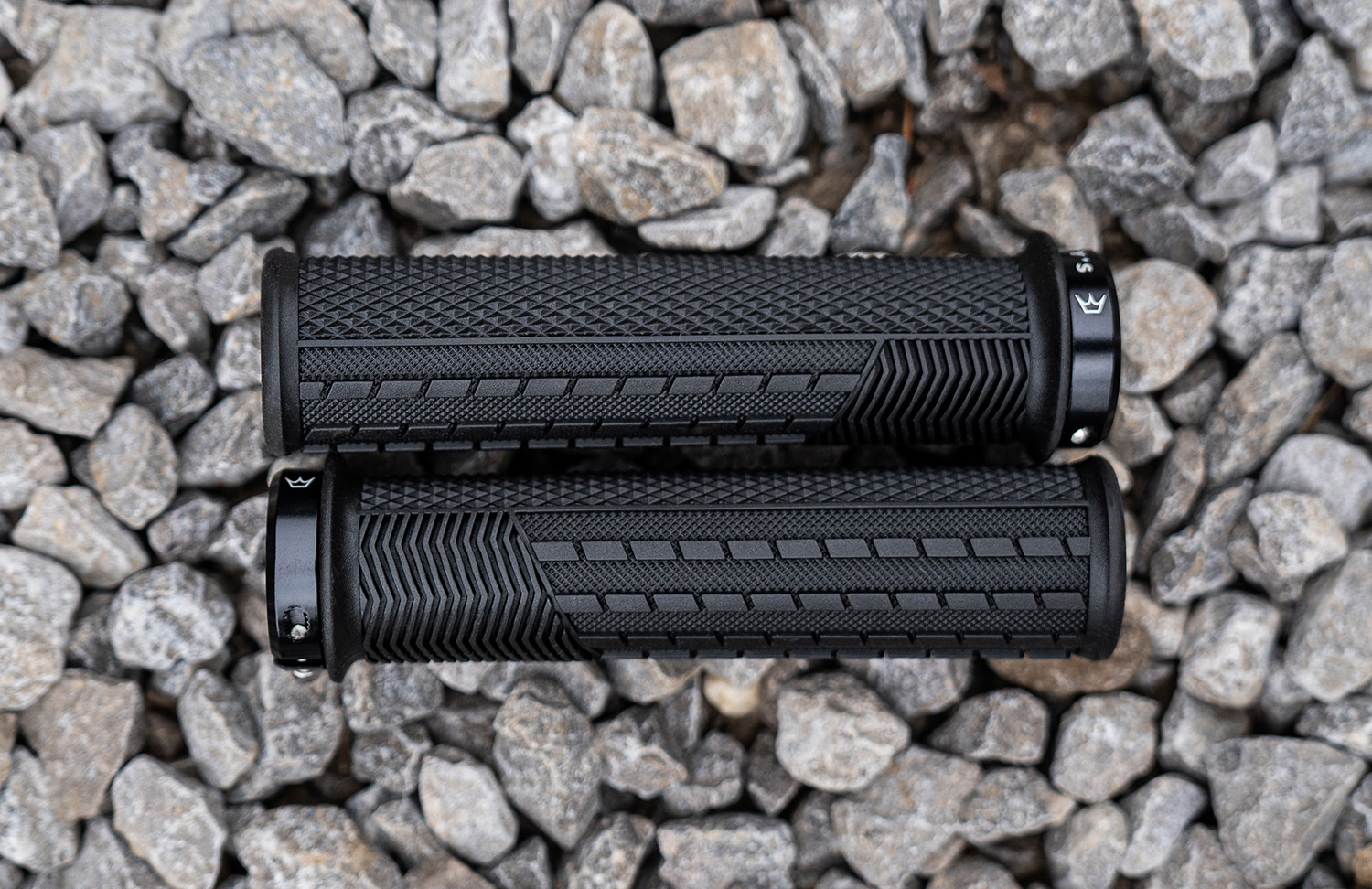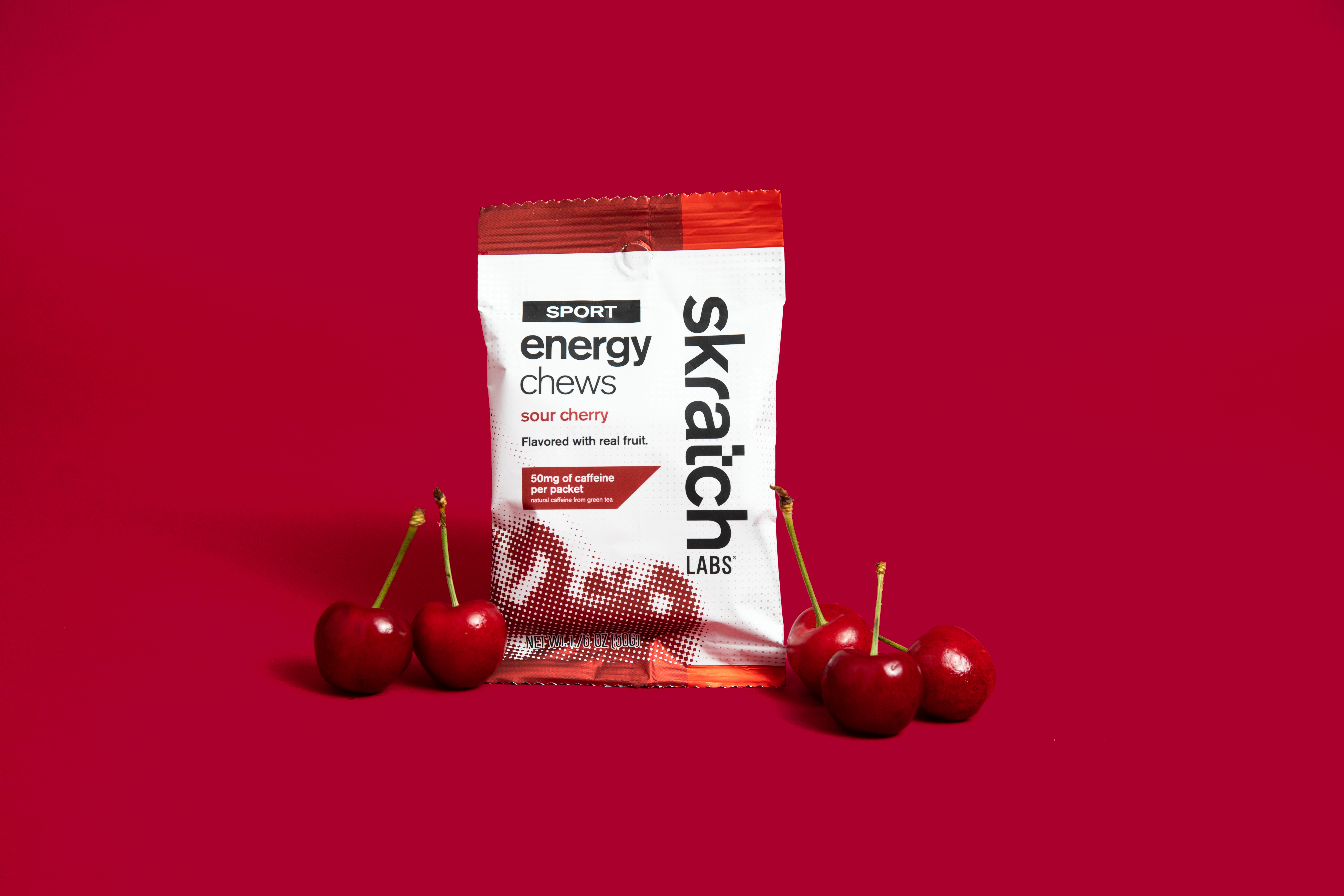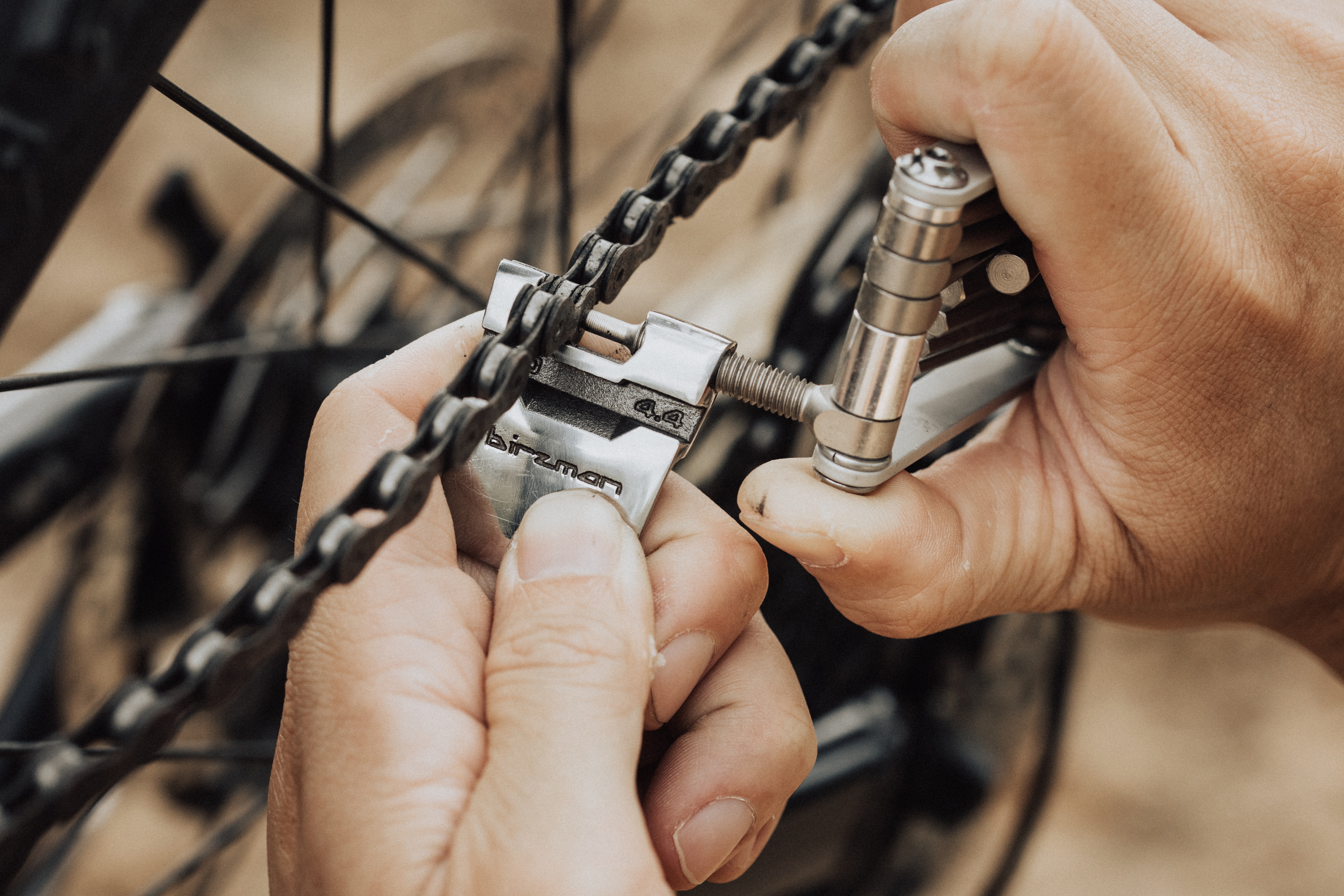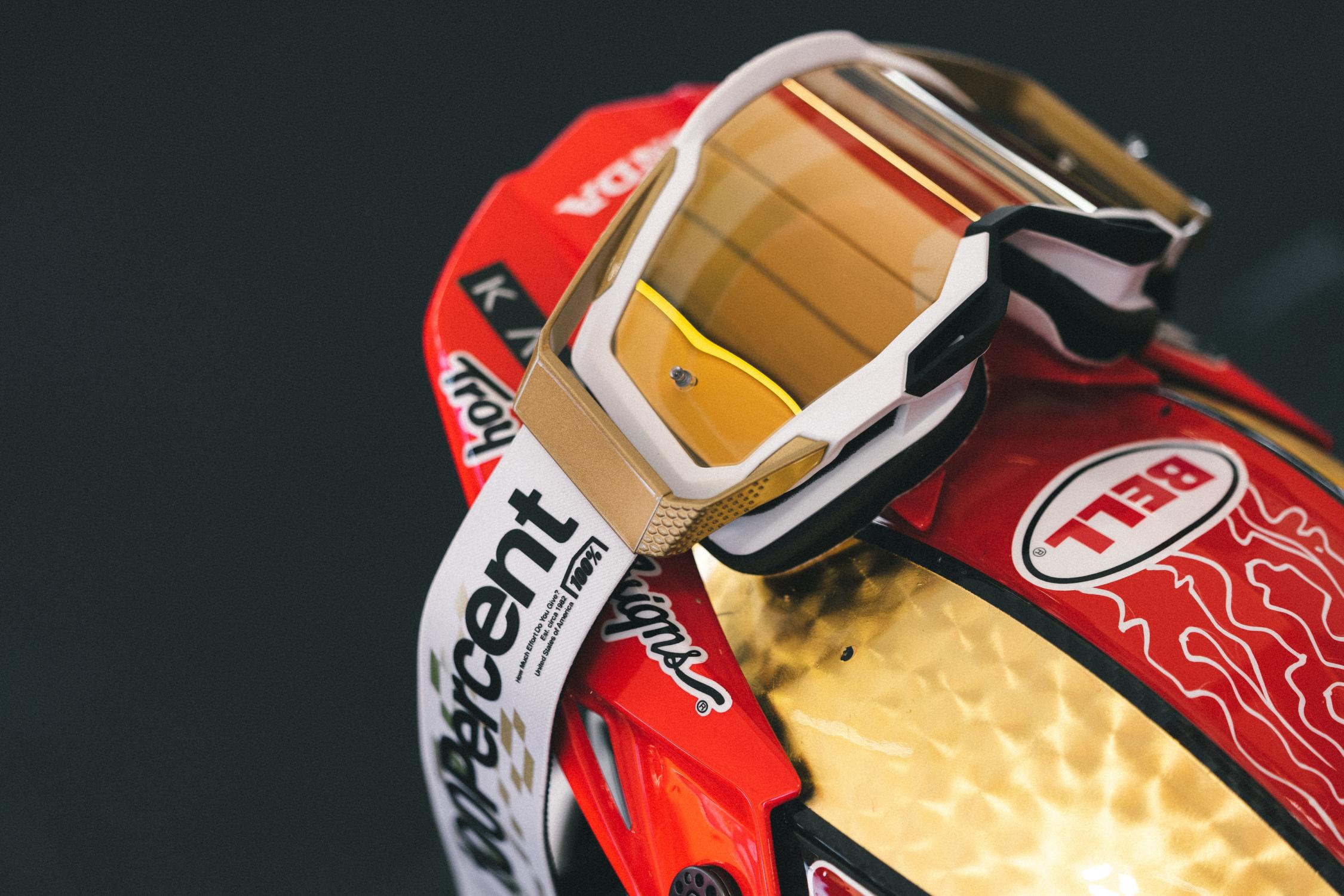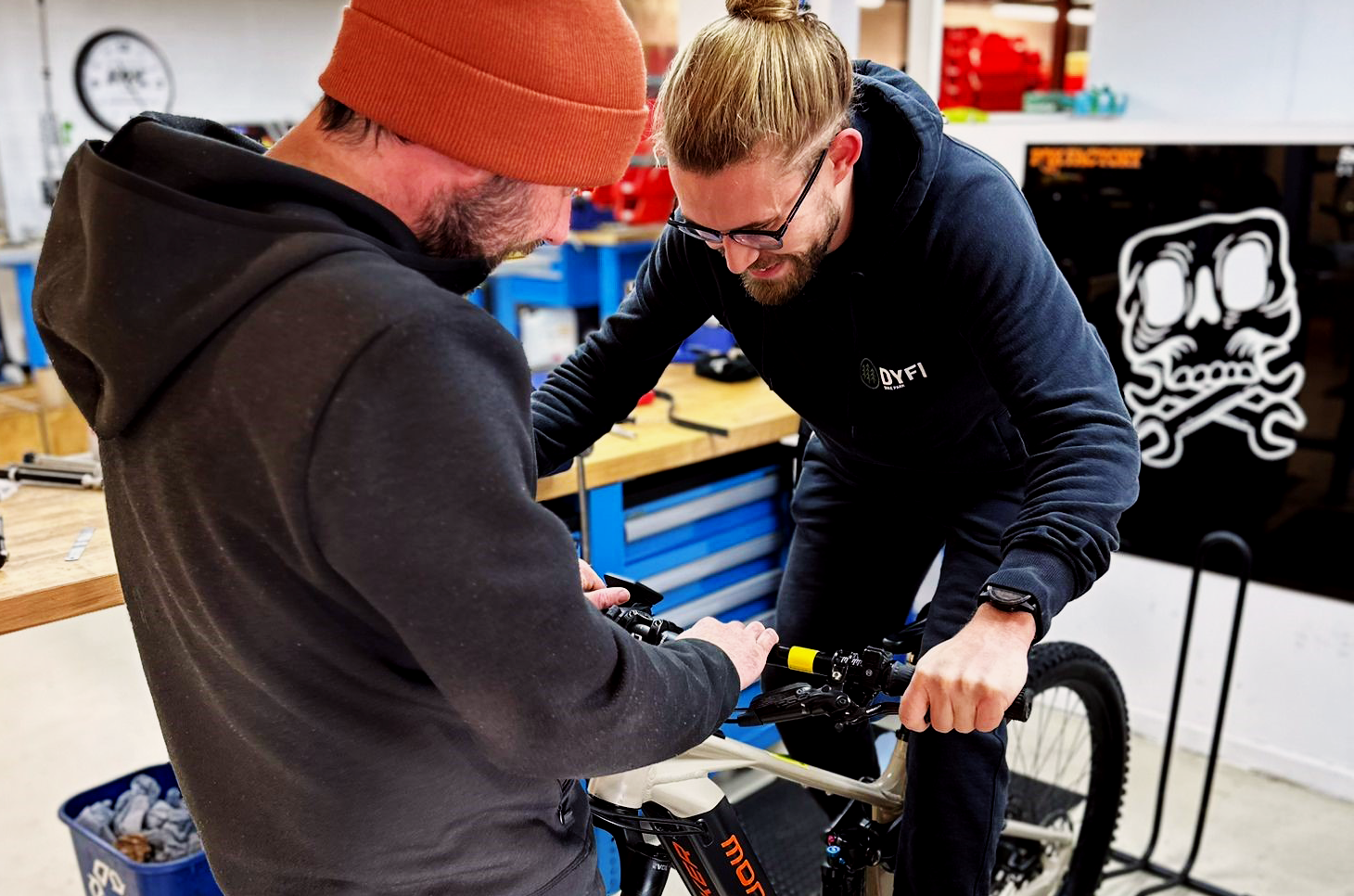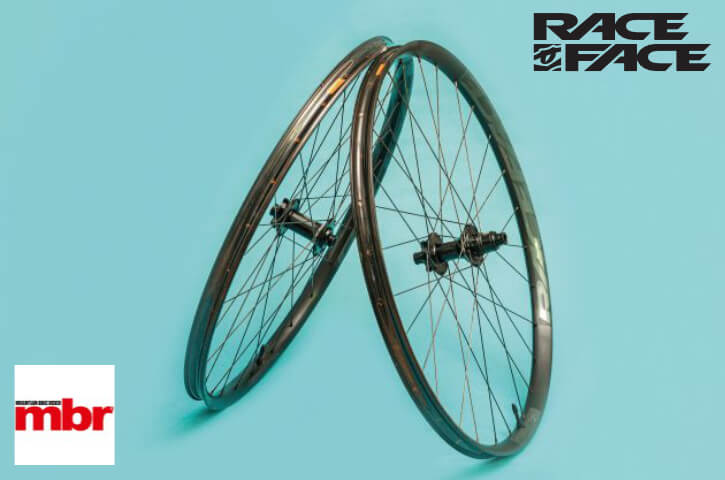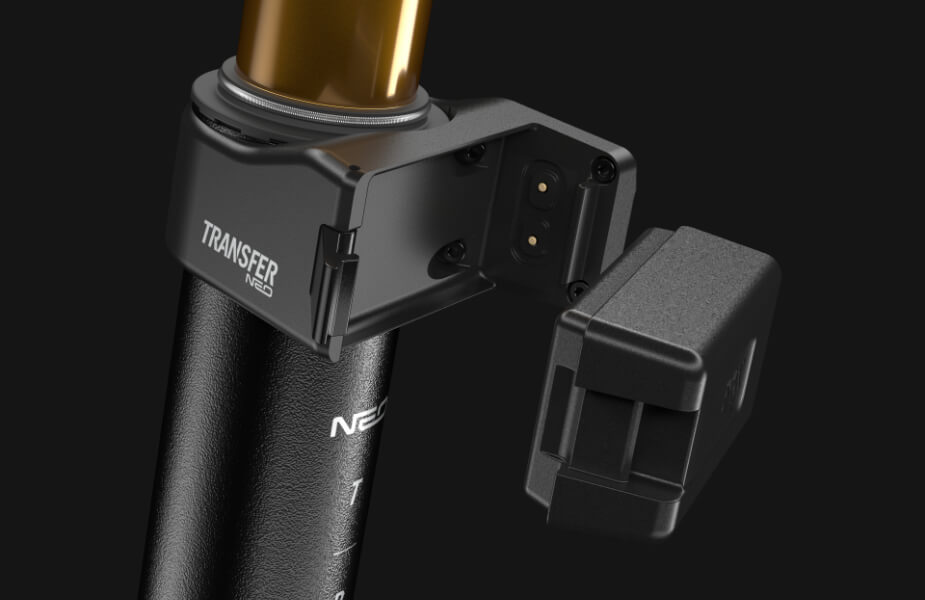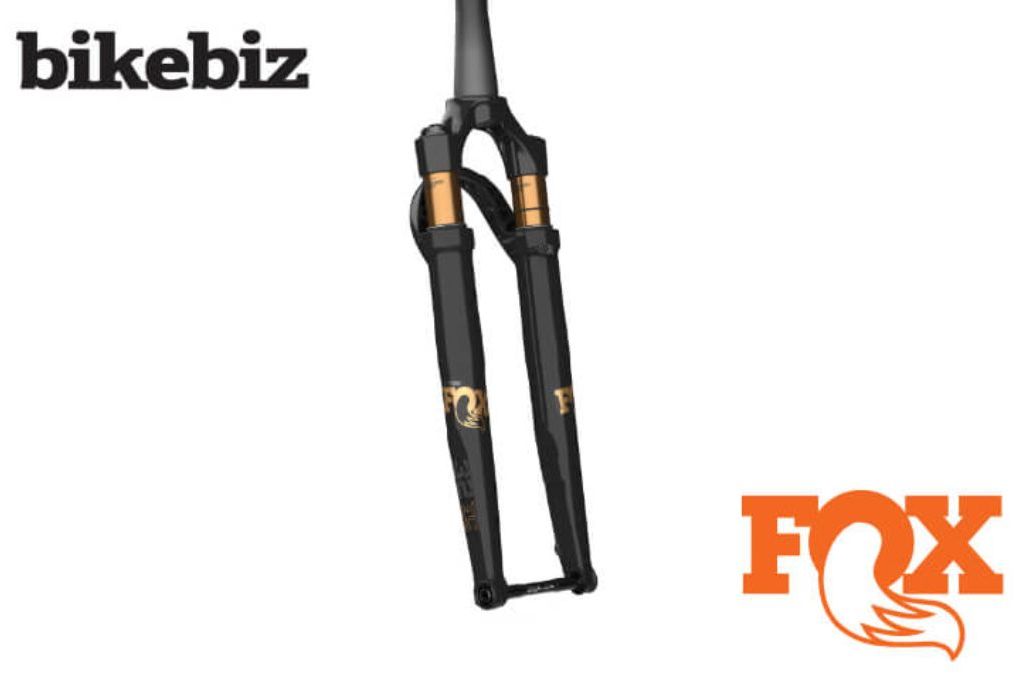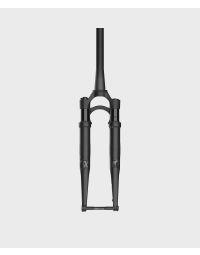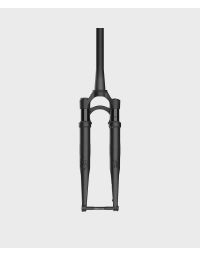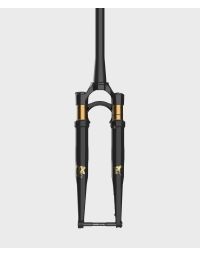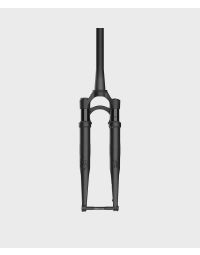ARMEGA SP25
Review: Cycling Tip - Fox 32 Taper-Cast Gravel Fork
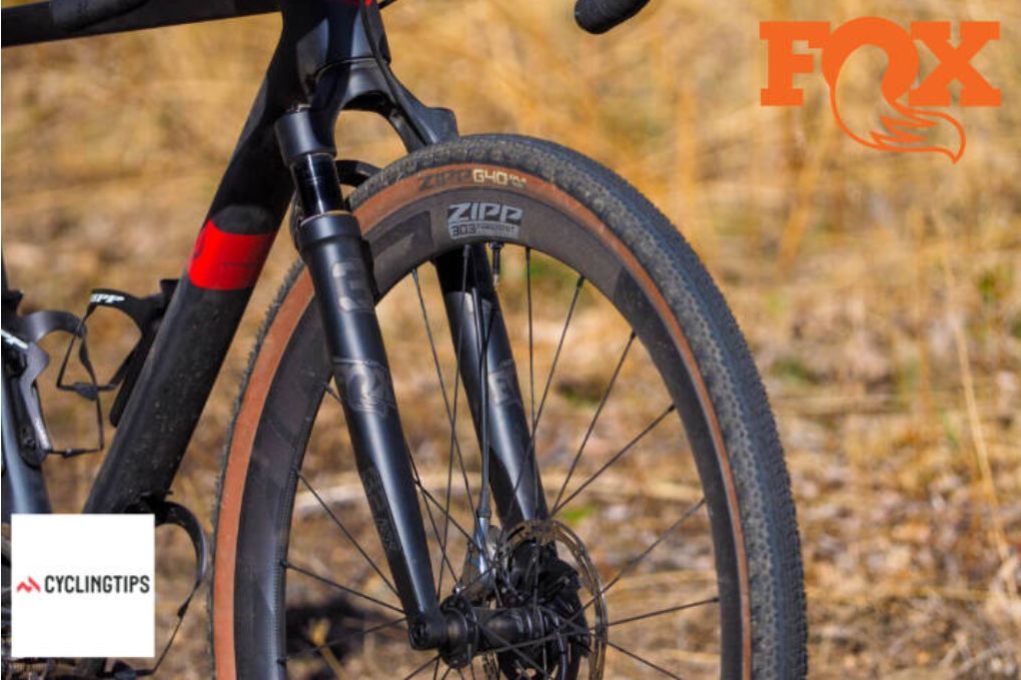
CyclingTips have reviewed the FOX 32 Taper-Cast, here is what they had to say:
Fox’s first attempt at a gravel suspension fork was lackluster at best, but this new 32 Taper-Cast might surprise a lot of people for how good it is.
It’s hardly been a big secret that Fox has been working on a new gravel-specific suspension fork — there have been leaks for months, after all — but it’s finally been unveiled for real, and we now know its official name: the 32 Taper-Cast.
This isn’t Fox’s first gravel suspension fork, of course. It was five years ago that Fox released the 32 AX, or Adventure Cross. That was also touted as a gravel suspension fork, but in reality, it was little more than an obsolete cross-country mountain bike suspension model that was shortened and reconfigured to work for gravel bikes.
Not surprisingly given its origins, it didn’t work all that well. It was heavy and bulky, it blew through its limited amount of travel far too easily, the tire clearance wasn’t very good, it didn’t accept standard gravel bike brake calipers or wheels, and if nothing else, it looked every bit like the mismatched frankenfork that it was.
In contrast, this new 32 Taper-Cast is genuinely purpose-built for the task, and it’s far, far better as a result.
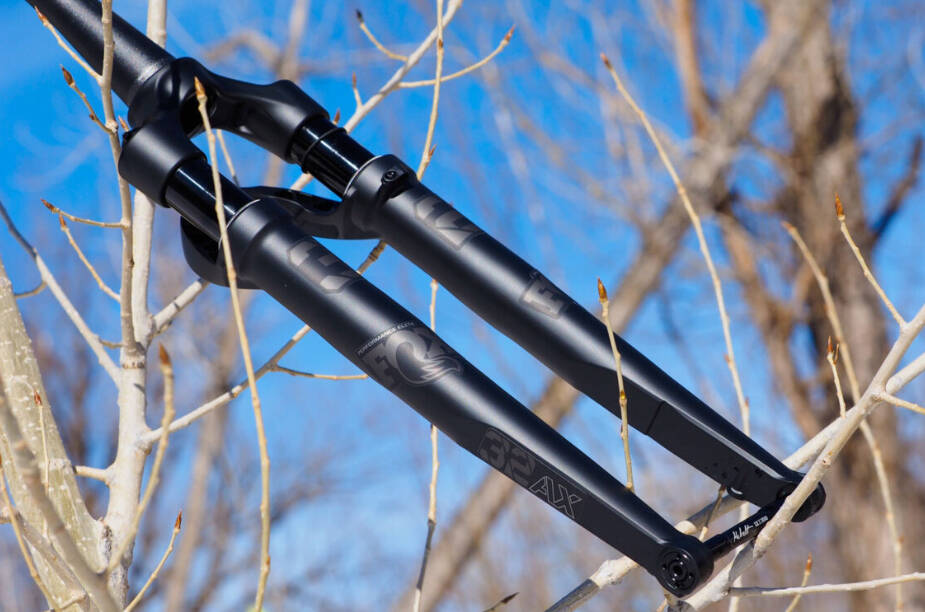
Starting from scratch
Offered in either 40 or 50 mm of travel, the 32 Taper-Cast has a dedicated chassis made with 32 mm-diameter aluminum upper tubes, a low-profile sloping forged aluminum crown, and cast magnesium lower legs with a tapered shape that’s a much better match aesthetically than that old AX.
The improvements aren’t just visual, either. Given its mountain bike proportions, that old AX crown didn’t always play well with a lot of gravel bike frames; even the Niner MCR full-suspension gravel bike that was practically built around the AX had a protective rubber pad on the down tube. The 32 Taper-Cast sports a much narrower stance with a more prominently sloping crown, and when combined with the low-profile air caps and damper knobs, frame clearance should no longer be an issue. In addition, while the 32 Taper-Cast’s reverse arch looks unusual, placing it behind the legs makes for a lower and shorter span that just doesn’t stick up as high as it would if it were up front.
Since this was built from the start with gravel bikes in mind, you also get standard 12×100 mm thru-axle dropouts, a flat-mount disc interface for use with 160 or 180 mm-diameter rotors, and proper three-point mounts for a full-length fender.
Officially, tire clearance with a fender installed is 700×45 mm, or 700×50 mm without. Unfortunately, the 32 Taper-Cast isn’t compatible with 650b wheel-and-tire setups at all since the lower legs are just too narrow where the tire would sit.
Although the outside of the 32 Taper-Cast chassis is purpose-built for the task, the guts inside are still very much derived from Fox’s mountain bike technology.
On one side, you have Fox’s “EVOL” air spring design, with two opposing air chambers that are tuned to provide excellent small-bump sensitivity. The main air chamber is also smaller than what was used on the AX, so the spring rate ramps up faster for better bottom-out control. Despite only offering 40 or 50 mm of travel, you can still make the spring rate more progressive than stock if you want additional bottom-out control.
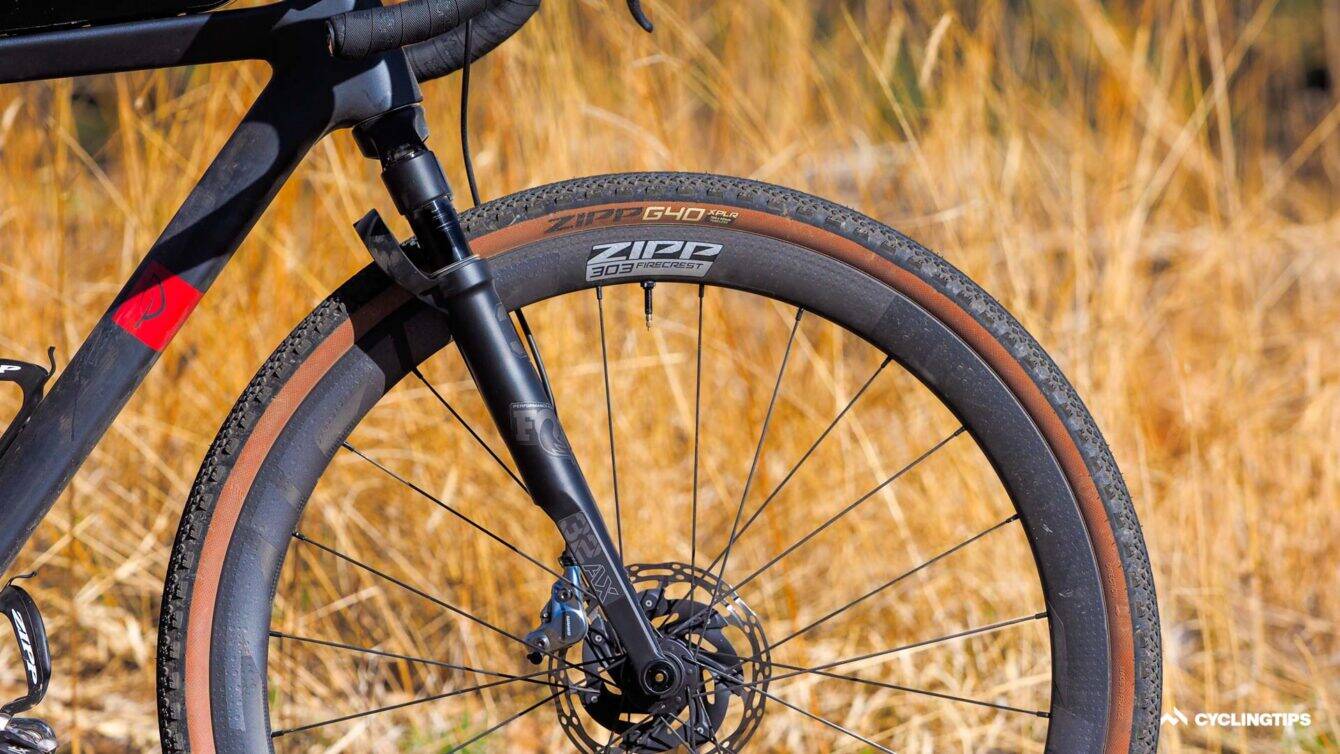
So how’s it ride?
OK, first thing’s first: I know a lot of you are wondering aloud right now why the heck anyone should bother with a suspension fork on a gravel bike. Shouldn’t you just get a mountain bike? Don’t worry, I’ll get to that. But first, I want to talk about what it’s like to ride this thing.
Fox supplied a 40 mm-travel 32 Taper-Cast Performance Elite test sample, which I installed on a Lauf True Grit — one of the small handful of gravel bikes on the market that have suspension-corrected geometry (the other notable one being the Otso Waheela C). I currently weigh about 72 kg (160 lb), and after a bit of experimentation, I ran this fork at 115 psi with 12 clicks out on the rebound adjuster — right inline with Fox’s suggestions. In terms of terrain, I rode it on everything from smooth pavement to crushed gravel to variable dirt roads, and even a bunch of rocky singletrack that’s borderline MTB material — typical for my Boulder, Colorado home base.
While it’s true that the 32 Taper-Cast is a lot heavier than a conventional rigid carbon gravel fork, it also works really, really well.
The 32 Taper-Cast is a gem on the sort of medium-to-large impacts that really rattle your hands and upper body, particularly when you encounter them at speed. Although there’s just 40 mm of travel on tap, it’s still more than enough to mostly wipe out common obstacles like ugly potholes, rocks, and roots. Granted, you can often react to many of those sort of singular features with your own built-in suspension — that being, your arms — but the 32 Taper-Cast is better able to absorb the impact while also keeping the tire contact patch stuck firmly to the ground. Needless to say, it’s especially nice when you either hit something you didn’t see coming, or when the features are coming too fast and furious to keep up.
Although the total amount of travel is limited, the quality of the travel is excellent. It’s well controlled and there’s no harsh bottom-out even when you’ve used everything available. It sometimes may seem like the fork isn’t doing all that much, but I can promise that after a whole bunch of repeats on the same bumpy sections of test track with and without the fork locked out, this thing is most definitely doing plenty.
It’s also very good with smaller chatter and vibration in general. The fork is wonderfully active and supple, and especially when you’ve got it tuned properly, very quick to respond to repeated small impacts like washboard. I still find something more specifically aimed at those sorts of conditions to be better yet — such as the Lauf Grit leaf-spring fork or even the Specialized Future Shock — but the 32 Taper-Cast is still more adept at isolating your upper body from all that vibration than if it wasn’t there.
And while the initial assumption may be that gravel suspension forks are only useful in MTB-like chunk, it was actually on longer rides on easier unpaved terrain that I found myself feeling less beat-up overall by the time I got back home.
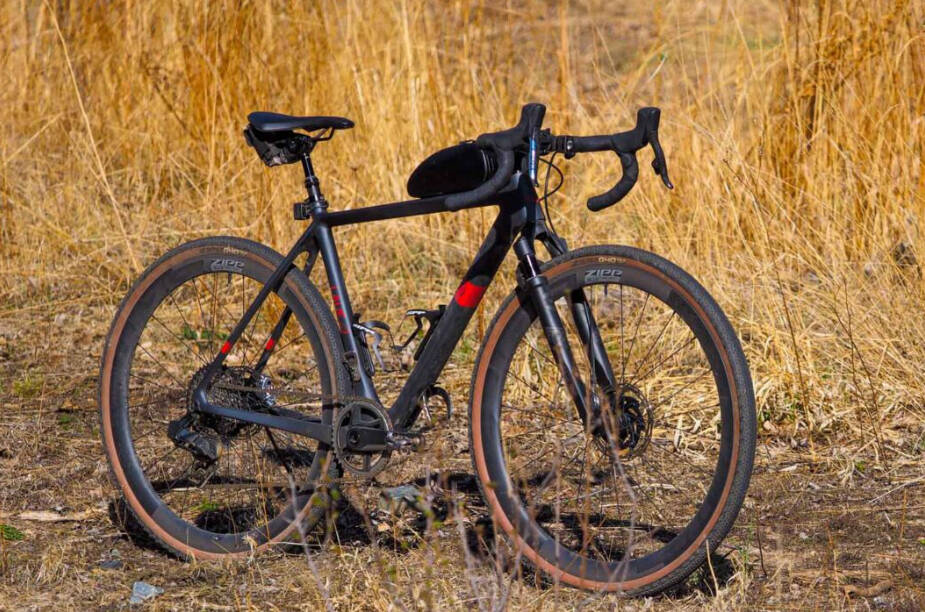
Fox vs. RockShox
Now that Fox has officially come out of the gate with the 32 Taper-Cast, you might be wondering how this compares to the RockShox Rudy.
On paper, they’re very similar. The Rudy is nearly identical in terms of weight, it’s also offered in a 40 mm travel configuration (or you can go shorter with 30 mm), and it, too, uses an air spring and oil damper adapted from the company’s mountain bike fork range. The gravel-specific construction features a narrow-stance forged aluminum crown and a tapered 1 1/8-to-1 1/2″ aluminum steerer, and the cast magnesium lower legs feature typical 12×100 mm thru-axle dropouts with a flat-mount disc interface. The Rudy’s aluminum upper tubes are slightly smaller at 30 mm instead of 32 mm, but it’s hardly a big deal.
Read the full article here


